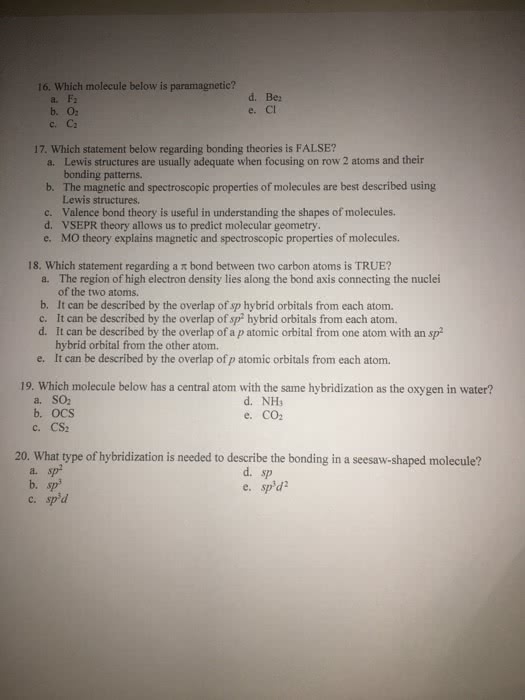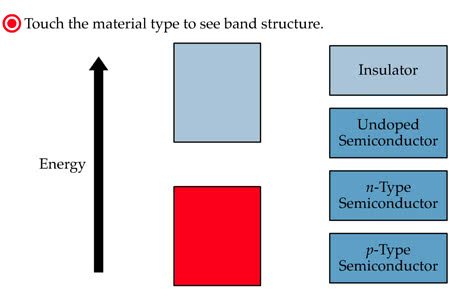CHEM 112 Lecture Notes - Lecture 19: Valence Bond Theory, Molecular Orbital Theory, Orbital Hybridisation
31 views2 pages
14 Nov 2018
School
Department
Course
Professor
Document Summary
Bond length: the distance between the centers of two atoms joined by a covalent bond. Lewis theory is useful for many purposes to explain chemical bonding. However, it doesn"t offer explanation for even very simple molecular properties such as molecular geometry. We will introduce two new approaches: valence bond theory (vb, molecular orbital theory. Bond formation between two hydrogen atoms: when they are far apart the potential energy is 0. As they approach each other each electron is attracted to the nucleus of the other atom while repulsions also occur between electrons and between nuclei. For each h atom, one electron is in its 1s ao. So formation of a covalent bond between two h atoms is due to the overlap between their 1s aos, each being half filled. Hybridization of atomic orbitals: hybridization orbitals are blended atomic orbitals obtained when two or more nonequivalent orbitals of the same atom combine in prepareation for covalent bond formation.
Get access
Grade+20% off
$8 USD/m$10 USD/m
Billed $96 USD annually

Homework Help
Study Guides
Textbook Solutions
Class Notes
Textbook Notes
Booster Class
40 Verified Answers
Class+
$8 USD/m
Billed $96 USD annually

Homework Help
Study Guides
Textbook Solutions
Class Notes
Textbook Notes
Booster Class
30 Verified Answers
Related textbook solutions
Chemistry: Structure and Properties
2 Edition,
Tro
ISBN: 9780134293936
Basic Chemistry
5 Edition,
Timberlake
ISBN: 9780134138046
Principles of Chemistry Molecular Approach
4th Edition,
Tro
ISBN: 9780134112831
Chemistry: Structure and Properties
2nd Edition,
Tro
ISBN: 9780134293936
Principles of Chemistry Molecular Approach
3rd Edition, 2014
Tro
ISBN: 9780321971944
Chemistry: A Molecular Approach
3rd Edition,
Tro
ISBN: 9780321809247
Chemistry: A Molecular Approach
5th Edition,
Tro
ISBN: 9780134874371
Principles of Chemistry: A Molecular Approach
4th Edition,
Tro
ISBN: 9780134895741
Chemistry: The Central Science
14th Edition, 2017
Brown
ISBN: 9780134414232

